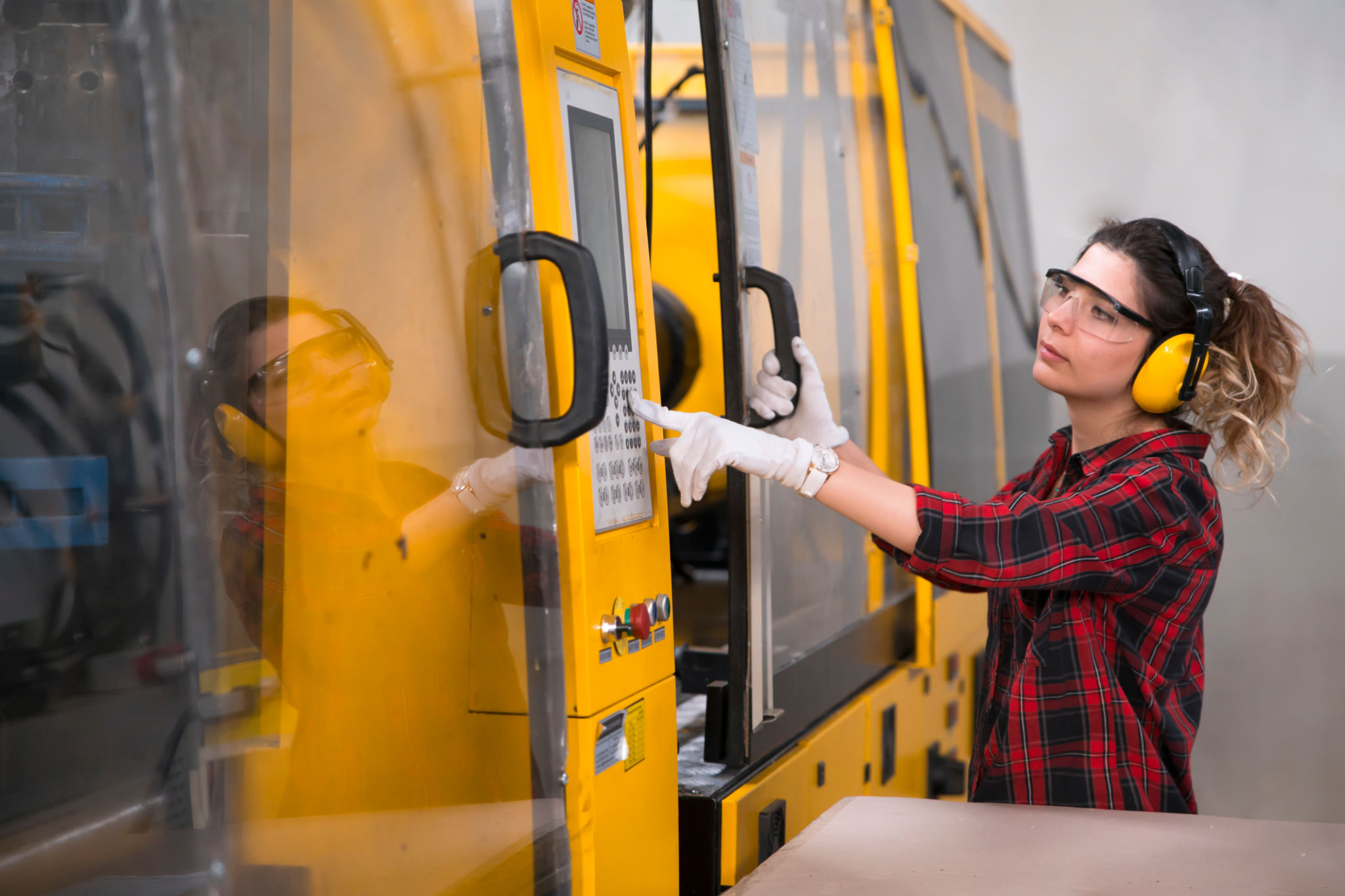How IoT is Revolutionizing Inspection Processes with Drones and Robots
The Rise of IoT in Inspection Processes
The Internet of Things (IoT) is reshaping various industries, and inspection processes are no exception. With the integration of IoT, drones, and robots, businesses are experiencing a significant transformation in how inspections are carried out. This technology amalgamation enhances efficiency, reduces risks, and cuts down inspection times while providing a comprehensive analysis.
Traditionally, inspection processes were manual, time-consuming, and often posed safety risks to human inspectors. However, the introduction of IoT-enabled drones and robots has revolutionized these operations. The ability to collect real-time data and analyze it promptly has made inspections more reliable and thorough.

How Drones Enhance Inspection Efficiency
Drones equipped with IoT technology are becoming essential tools for conducting inspections in hard-to-reach areas. These aerial devices can fly over large structures, such as bridges or wind turbines, capturing detailed images and data without endangering human lives. The high-resolution cameras and sensors provide invaluable insights, allowing for precise assessments.
Moreover, drones can cover vast areas in a short amount of time, offering a significant advantage over traditional methods. This capability not only speeds up the inspection process but also ensures that no detail is overlooked. The data collected by drones can be instantly transmitted to a central system for analysis, enabling swift decision-making.
The Role of Robots in Inspection Processes
Robots are also playing a crucial role in revolutionizing inspection processes. These machines can navigate hazardous environments that may be unsafe for human entry. With IoT integration, robots are equipped with sensors and cameras that provide a comprehensive view of the inspection area.

For instance, robots are widely used in industrial settings, such as pipelines and nuclear plants, where human access is limited due to safety concerns. Their ability to operate in extreme conditions ensures that inspections are conducted without interruptions, maintaining operational efficiency.
Benefits of IoT-Enabled Inspections
Integrating IoT with drones and robots offers numerous benefits:
- Increased Safety: By eliminating the need for human presence in dangerous environments, these technologies significantly enhance safety.
- Cost-Effective: Reduced manpower and quicker processes lead to substantial cost savings for businesses.
- Real-Time Data: The ability to gather and analyze data in real-time allows for better decision-making and timely interventions.
Challenges to Consider
Despite the numerous advantages, there are challenges to address when implementing IoT-enabled inspections. Issues such as data security, privacy concerns, and the initial cost of investment can pose hurdles. Businesses need to ensure robust cybersecurity measures are in place to protect sensitive data collected during inspections.

Furthermore, training personnel to manage and operate these advanced technologies is crucial for maximizing their potential. As the technology evolves, continuous learning and adaptation will be necessary to stay ahead in the competitive landscape.
The Future of Inspection Processes
The future of inspection processes looks promising with the continued integration of IoT, drones, and robots. As these technologies advance, we can expect even more sophisticated capabilities that will further streamline operations and enhance accuracy.
Ultimately, embracing this technological revolution will enable businesses to maintain high safety standards, improve operational efficiency, and achieve cost savings. The ongoing developments in IoT-driven inspections are paving the way for a safer and more efficient future across various industries.